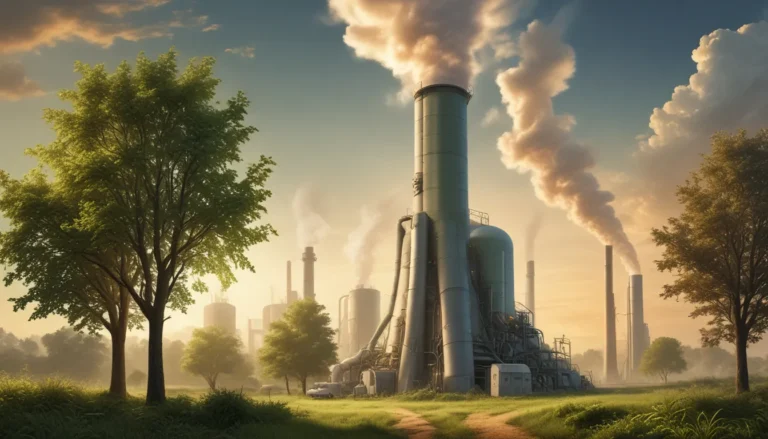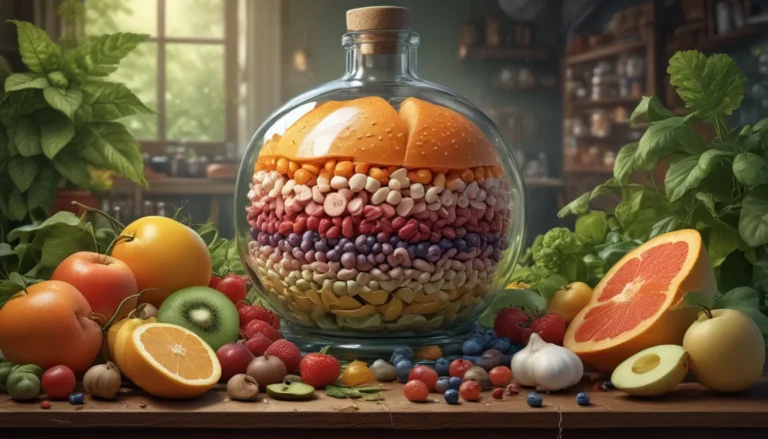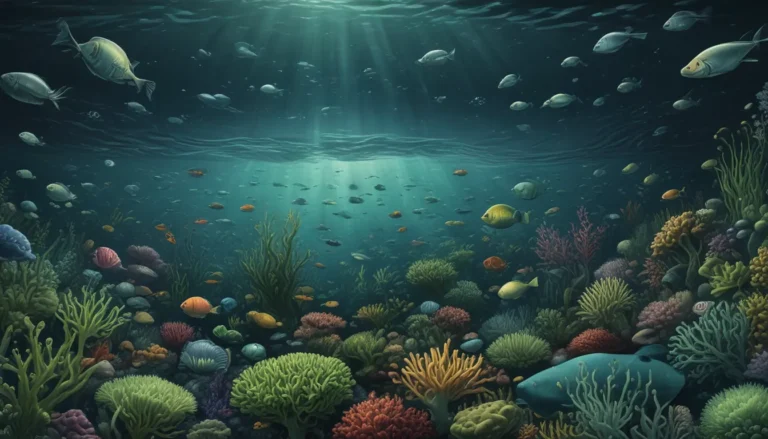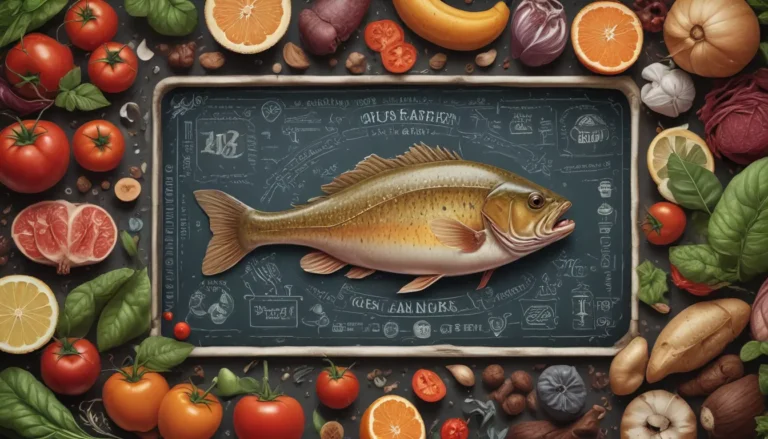A Note About Images: The images used in our articles are for illustration purposes only and may not exactly match the content. They are meant to engage readers, but the text should be relied upon for accurate information.
Herbivory, the consumption of plant material by animals, is a captivating aspect of the natural world that plays a vital role in shaping ecosystems. From giant elephants grazing on leaves to tiny insects nibbling on grass, herbivory manifests in diverse forms across the globe. In this article, we will delve into the world of herbivory and uncover 15 extraordinary facts that shed light on this intriguing phenomenon. Join us on this journey through the plant kingdom as we explore the fascinating interactions between herbivores, plants, and the environment.
Herbivores: Guardians of Ecosystem Balance
Herbivores make up a significant portion of Earth’s biodiversity, thriving in diverse ecosystems from forests to grasslands and even underwater habitats. These plant-eating animals play a crucial role in nutrient cycling by consuming and digesting plants, contributing to the breakdown and redistribution of essential nutrients that ensure ecosystem health.
Mutualistic Relationships in Herbivory
Certain herbivores exhibit mutualistic relationships with plants, showcasing the intricate balance of nature’s coevolution. Pollinators like bees and butterflies rely on nectar-producing plants for food while assisting in plant reproduction, highlighting the interdependence between animals and plants in the ecosystem.
Plant Defenses and Evolution
The evolution of herbivores and plants has led to remarkable adaptations and coevolutionary arms races. Plants have developed various defense mechanisms such as thorns, spines, and chemical compounds to protect themselves from herbivores, demonstrating the dynamic nature of herbivory throughout history.
Specialized Adaptations in Herbivores
Herbivores display specialized feeding adaptations to efficiently consume and process plant material. Animals like giraffes and koalas have evolved unique tongue and teeth structures to aid in their herbivorous diet, showcasing the remarkable diversity of plant-eating species.
The Complexity of Herbivores’ Digestive Systems
Many herbivores, including cows and sheep, possess complex digestive systems with multiple stomach compartments to break down cellulose, a component of plant cell walls. Some herbivores rely on symbiotic gut bacteria to aid in digestion and nutrient extraction from plant matter.
Herbivory and Plant Population Dynamics
The feeding habits of herbivores directly impact plant populations by influencing their growth, reproduction, and distribution. By selectively feeding on certain plant species, herbivores can shape plant community composition and diversity within an ecosystem.
Coevolutionary Arms Races in Herbivory
The pressure of herbivory drives coevolution between plants and herbivores, leading to the development of new adaptations and counter-adaptations. This ongoing arms race highlights the evolutionary strategies employed by both plants and herbivores to survive and thrive in their natural habitats.
Herbivory Across Evolutionary History
Herbivory has a rich history dating back millions of years, with ancient herbivorous dinosaurs and early mammals relying on plant material for sustenance. The presence of herbivores throughout evolutionary history showcases the enduring relationship between animals and plants in the natural world.
The Impacts of Herbivory on Ecosystem Dynamics
Herbivorous animals contribute to coral reef health by controlling algae growth, maintaining the delicate balance of these marine ecosystems. Additionally, herbivory influences predator-prey dynamics, with the presence or absence of herbivores impacting the populations of predators that rely on them for food.
Conclusion: Embracing the Wonders of Herbivory
Herbivory is a fascinating phenomenon that highlights the intricate balance between herbivores and plants in shaping ecosystems. The extraordinary facts about herbivory presented in this article offer insights into the diverse strategies and interactions that occur in the natural world. By understanding and appreciating the complexity of herbivory, we can gain a deeper respect for the beauty and diversity of life on Earth.
FAQs About Herbivory
-
What is herbivory?
Herbivory refers to the process of animals consuming plant material as their primary source of nutrition, including grazing, browsing, and feeding on various plant parts. -
Why do animals engage in herbivory?
Animals engage in herbivory to obtain essential nutrients abundant in plants and to avoid competition and predation from other animal species. -
How do herbivores adapt to consume plants?
Herbivores have developed specialized adaptations in teeth, digestive systems, and symbiotic relationships with gut bacteria to consume and digest plant material efficiently. -
What are examples of herbivorous animals?
Examples of herbivorous animals include cows, sheep, rabbits, deer, elephants, giraffes, and various species of insects like butterflies and grasshoppers. -
How does herbivory impact ecosystems?
Herbivory influences plant growth, reproduction, species diversity, and nutrient cycling, maintaining the health and balance of ecosystems through plant consumption.
Herbivory offers a window into the intricate ecological relationships that shape our natural world. By exploring the fascinating world of plant consumption and herbivores, we can cultivate a deeper understanding of the delicate balance of life on Earth. As we marvel at the wonders of herbivory, let us embrace the beauty and complexity of nature that surrounds us.






